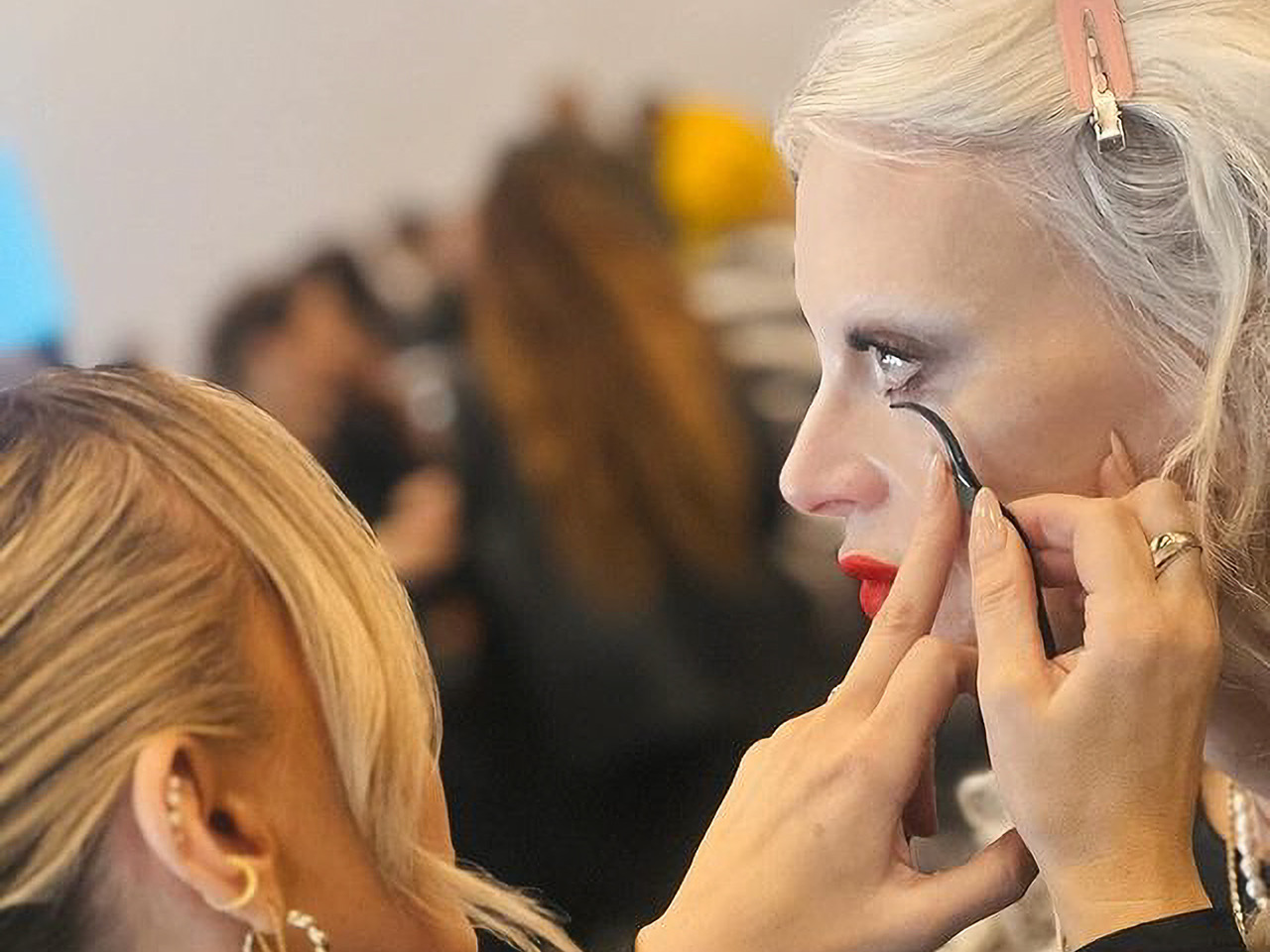Neha Singh, a former digital executive and current CEO and Founder of Obsess, started her career launching web and mobile products for companies including Google and Vogue. Today, Neha oversees the metaverse shopping platform Obsess, a company she founded in July 2016 that serves to create immersive shopping experiences as a standard extension of e-commerce. In 2023, she is on track to making her dream a reality: over the past three years, Obsess has built nearly 200 virtual stores in the metaverse. Beauty News recently spoke with Neha on what every brand should know about virtual commerce and the latest trends that are helping brands create new revenue and engagement streams.
As told to Andrea Nagel
1. Over the past year, we have seen an acceleration in the adoption of virtual shopping technologies and metaverse shopping by all kinds of brands — but specifically beauty brands. The beauty industry is still the leader in the virtual space, and what beauty is doing better than other categories is utilizing the capabilities of immersive shopping. For example, most beauty brands are now creating virtual flagship stores that are fantastical creative experiences and reimagined expressions of their brand.
2. The number of stores launching isn’t slowing down by any means. In November, Obsess launched 35 stores for holiday alone. Over the past three years, we have launched nearly 200 stores. A lot of beauty brands are on board now, and we don’t see this trend slowing down. It typically takes six to eight weeks to do the technical integration of a store onto the Obsess platform, including building out a fully customized branded environment.
3. Charlotte Tilbury is one of the key brands that has been at the forefront of virtual technology. The brand just launched a new capability in their Obsess-powered virtual store: branded avatars. They were the first to adopt this first-of-its-kind technology. The branded avatars all have full makeup looks — this has never been done before.
Coach is another company leading the way in virtual technology and the metaverse. The brand released a new consumer-facing experience, where they created a virtual nostalgic New York City gift shop with gamification elements. Once you get through all the game levels in the experience, you get access to a secret room (which is actually Central Park). Then there’s an opportunity to supply your email in exchange for a discount. It’s a clever way to collect customer information, but in a way that truly benefits the consumer.
Maybelline is the third brand I would call out as a leader in the space. They’re a little bit different from other brands because they don’t have DTC functionality on their site. Their virtual experience lives on Maybelline.com, and then they link out to the retailers that distribute their product — but it’s all done in a very seamless way. What they’ve done really well is the incorporation of gamification. They created a four-level game all about their products. At every step of the game, the brand reinforces its hero products — and at the end of it all, there’s a gift card. Maybelline has had so many users play the game and finish all four levels. Consumers have been spending an enormous amount of time in the store.
4. Brands can get a lot of information from customers that engage with their brand in the metaverse. It’s really a new layer of 3D data. They can tell how many people are visiting each section of the store, how long they’re spending in a room or section, what products they’re looking at, what they’re clicking on, and what they’re adding to their cart. They can also see what content they’re engaging with, how many are engaging in gamification, and how many levels they’re visiting. There’s data on every single interaction that the user completes in a store.
5. Brands use consumer engagement information in many ways. The first is to optimize the performance of their virtual store itself. When you launch a virtual store, it is a starting point for collecting data; you can test and learn based on product placements and merchandising. You can make decisions in real time by looking at the data and by seeing which products people are interested in. Those insights can teach you how to promote products on e-commerce or potentially in retail stores. However, I think brands will begin to use data to inform other parts of their business. For example, using customer preferences fueled by quizzes to personalize ecommerce experiences. CRM data can also be seamlessly collected via virtual stores. It’s a great way to incentivize virtual shoppers to take an action in exchange for more personalization.
6. Depending on the platform, a brand can focus on enabling the purchase of physical products, or simply brand building. Roblox is purely a brand-building exercise. It’s a closed ecosystem where you cannot link to ecommerce, but you can sell virtual products for avatars, which is a new revenue stream. Obsess’ biggest differentiating point is that we enable a brand to sell physical products in a virtual environment through a fully integrated e-commerce structure.
7. As I mentioned earlier: branded avatars are the newest, most innovative feature to join the metaverse. Roblox, for example, has a specific style of avatar, which is very boxy. Fortnite also has a specific style. Obsess can customize the look, feel, and style of any brand’s avatar so that the avatars don’t just look like traditional game characters. Avatars can be customized based on skin tone, facial features, outfits, body types, makeup looks, hair colors, and hair styles.
8. About 80 percent of traffic going into the metaverse right now is on mobile. And the metaverse is definitely global. Most Obsess customers launch in all or most of the markets in which their products are sold. I think in general, game-like technologies and metaverse technologies are more advanced in Asia; they have higher adoption there. I would say in the U.S. and Europe, there are a relatively equal number of customers.
9. I think small brands should be in this space because they can create a very branded, unique environment. They can bring out their creativity in a new way to create something innovative and engaging for their customers, especially if they don’t have retail distribution or brick and mortar stores. Obsess also integrates with Shopify, which is the standard ecommerce platform for many small brands.
10. Playing in the metaverse is a must have, not a nice to have, for the longevity of a brand. If you are trying to figure out how you will engage and retain the next generation of consumers, who are so used to 3D interactive interfaces from gaming, you will have to figure out this medium. Today, more than 59 percent of the U.S. population identifies themselves as gamers, with 90 percent of them being Gen Z. They’re spending more time on these platforms than social media. If you can tap into that and make shopping a part of that 3D gamification experience, you can unlock an entirely new branding opportunity.




